Nagpur Updates
-
Entertainment

Starbucks India Clears Air: Dolly Chaiwala Not Brand Ambassador
TATA Starbucks Officially Denies Any Partnership with Viral Sensation Dolly Chaiwala Starbucks brand ambassador: Starbucks India, operated through a joint…
Read More » -
Travels

FASTag Annual Pass to Launch on August 15 for Private Vehicles: All You Need to Know
The Ministry of Road Transport and Highways is revolutionizing how India travels with a new FASTag Annual Pass for private…
Read More » -
Development
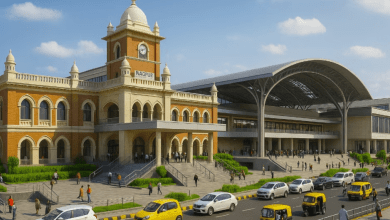
Modern Basement Parking Shaping Up Under Nagpur Railway Station Revamp
Nagpur basement parking | Nagpur railway station revamp : The Nagpur Railway Station Redevelopment Project has entered a transformative phase…
Read More » -
Development

Shri Jagruteshwar Temple to Get Makeover in Jagnath Budhwari
A New Dawn for an Ancient Sanctum in Nagpur Shri Jagruteshwar Temple: Nagpur spiritual and architectural landscape is poised for…
Read More » -
Nagpur Local
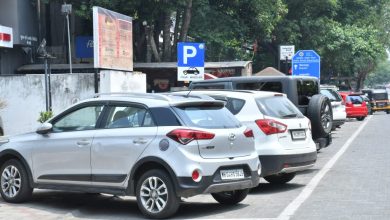
NMC Creates 51 Street Parking Zones for Over 17,000 Vehicles in Nagpur
NMC Parking Nagpur: In a transformative urban mobility initiative, the Nagpur Municipal Corporation (NMC) has marked 51 dedicated street parking…
Read More » -
Uncategorized

100 Acres of Heaven on Earth: The Biodiversity Marvel of Raj Bhavan, Nagpur
A Green Oasis in the Heart of Nagpur In an era where concrete jungles often overpower natural landscapes, Raj Bhavan…
Read More » -
Nagpur Local
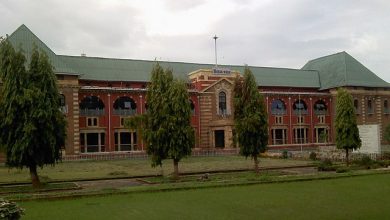
Green Light for ‘Nagpur Vista’: Maharashtra’s Second Capital Set for Legislative Makeover
A Landmark Transformation Begins in Nagpur Maharashtra Vidhan Bhavan Expansion: In a historic move that reshapes the future of Maharashtra’s…
Read More » -
Entertainment
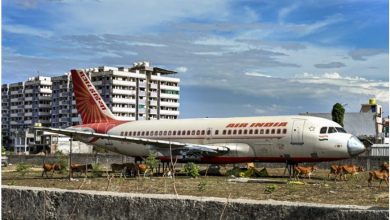
Work Underway to Turn Scrapped Air India Plane Into Restaurant
An Innovative Dining Concept Takes Flight in Butibori, Nagpur airplane restaurant Butibori | Haldiram aircraft restaurant: In a groundbreaking fusion…
Read More » -
Development
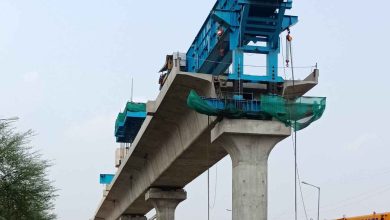
Lok Vihar First Metro Station on Kamptee Run to Open in November: A Major Leap in Nagpur Metro Phase 2
The Maharashtra Metro Rail Corporation Limited (MahaMetro) is making rapid progress on the highly anticipated Lok Vihar Metro Station, aiming…
Read More » -
Nagpur Local
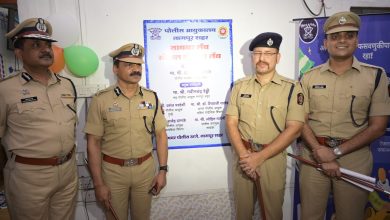
Nagpur Police Launches ‘Garud Drishti’ and Cyber Lab to Revolutionize Digital Policing in 2025
In a groundbreaking move to combat the rising tide of cyber threats and digital crimes, the Nagpur City Police has…
Read More »

